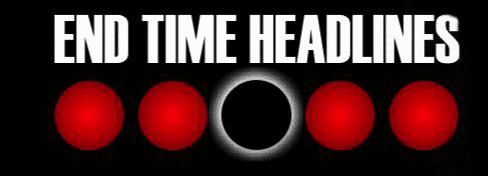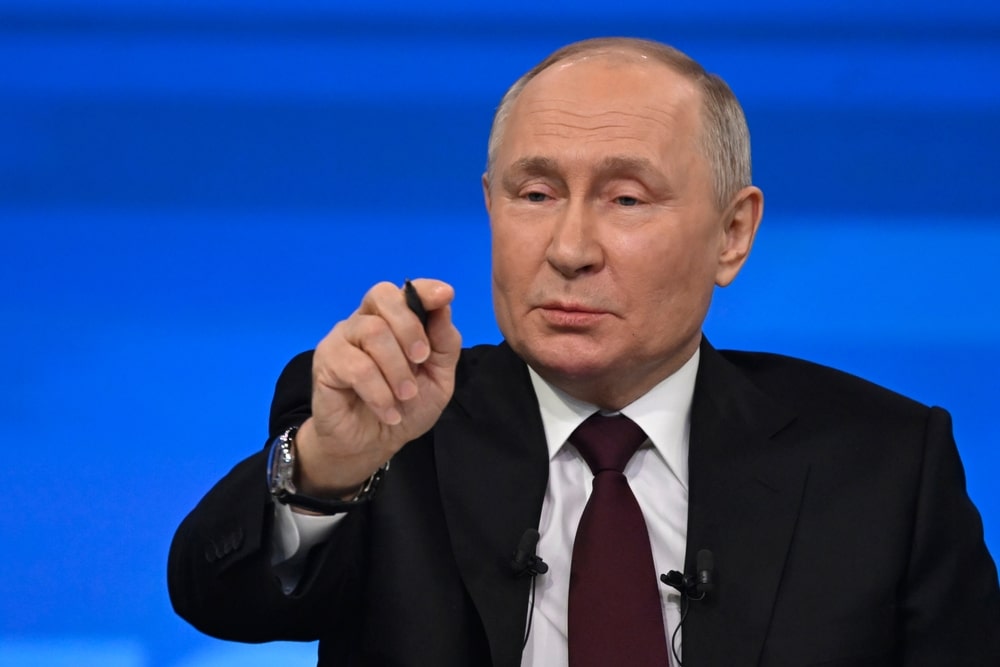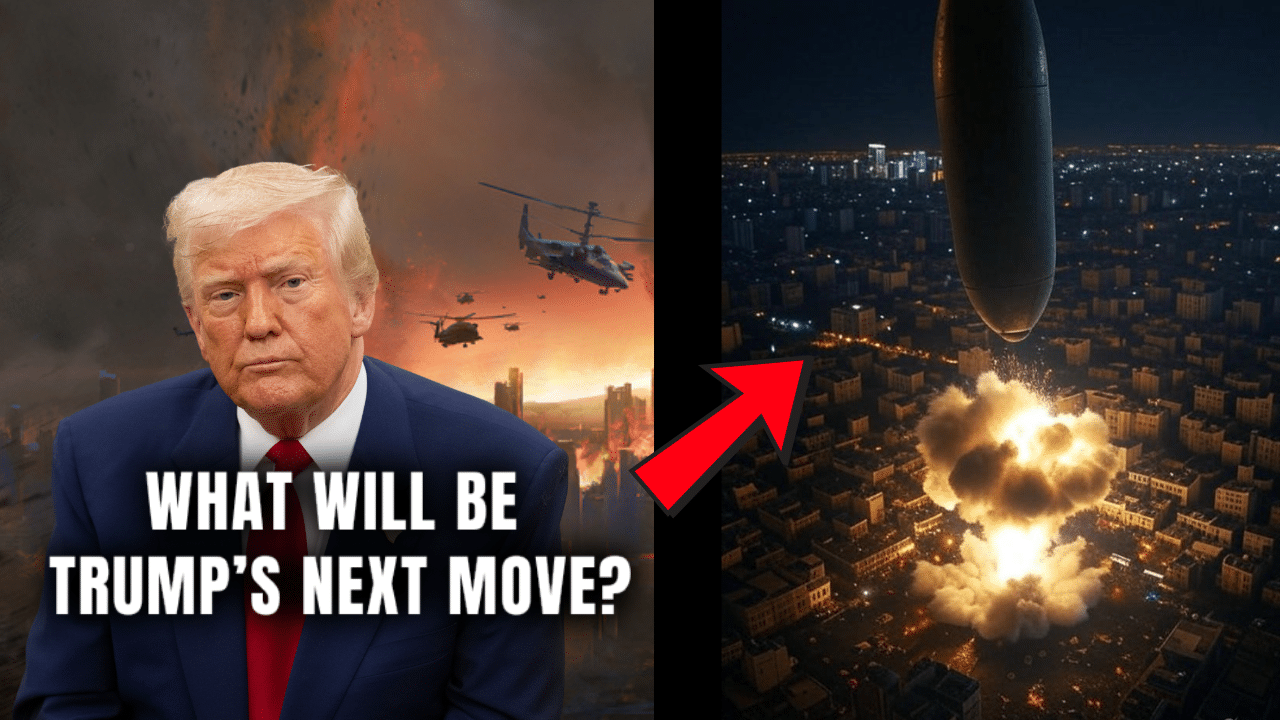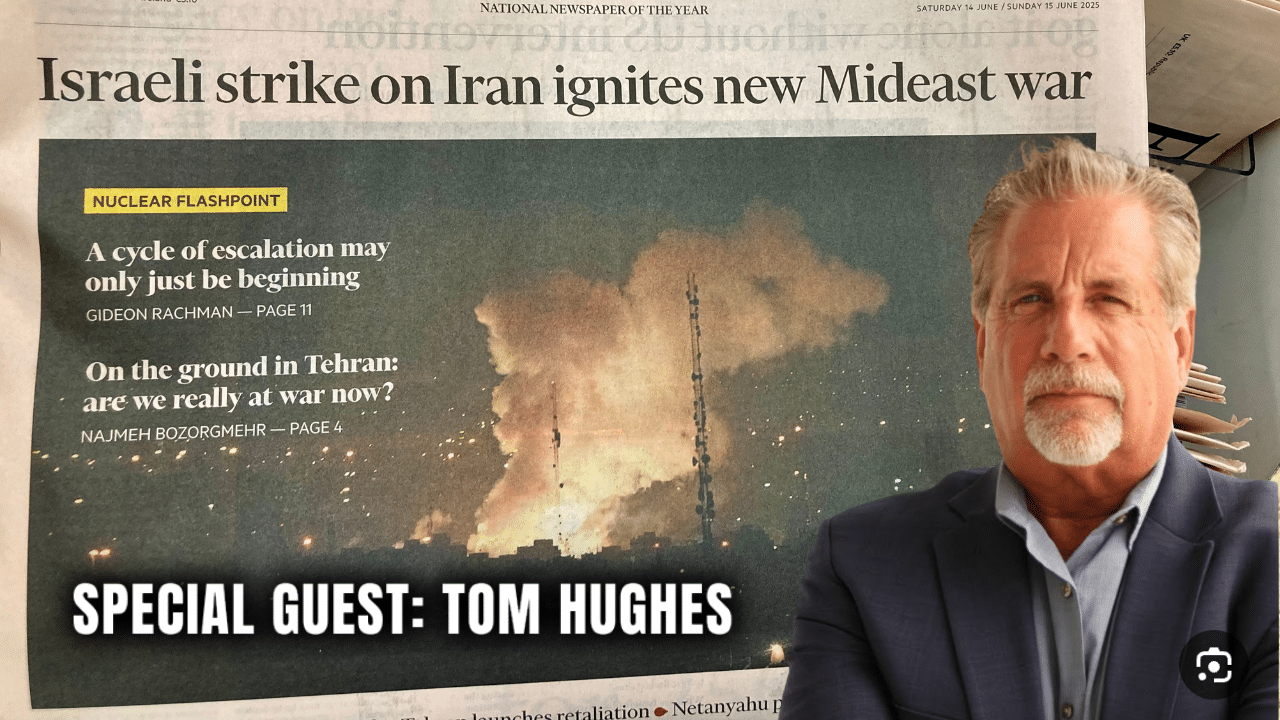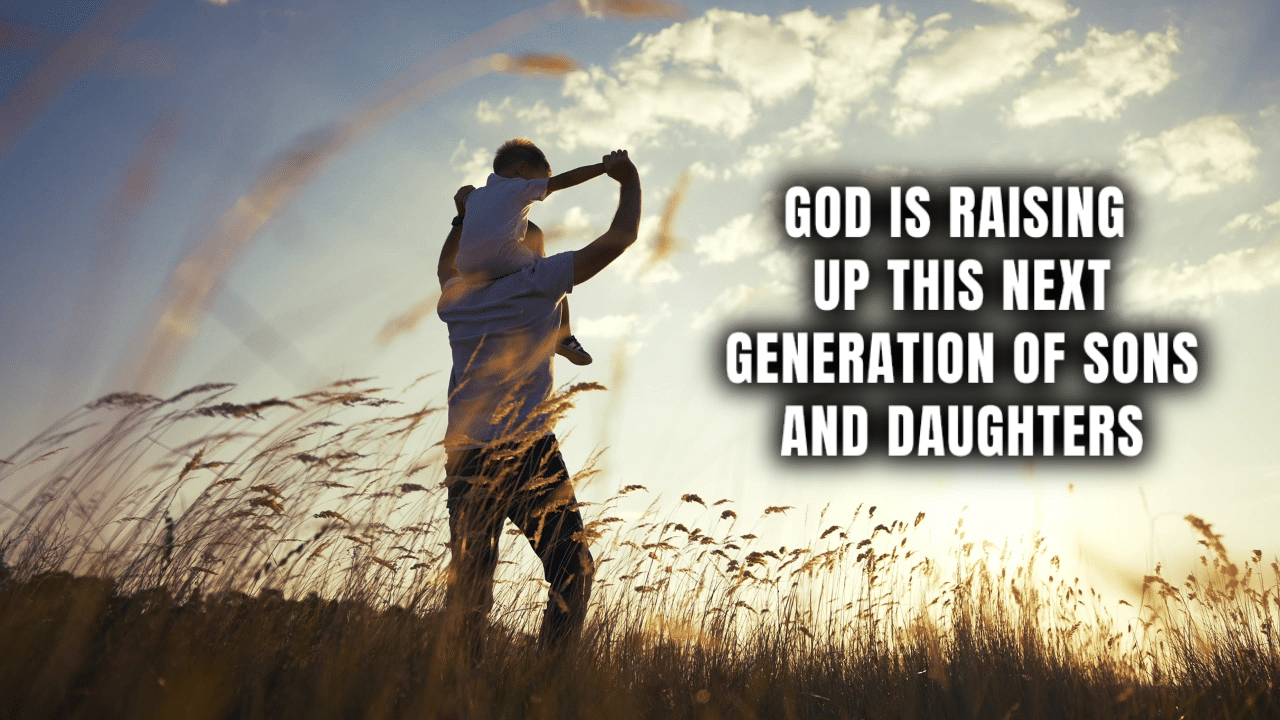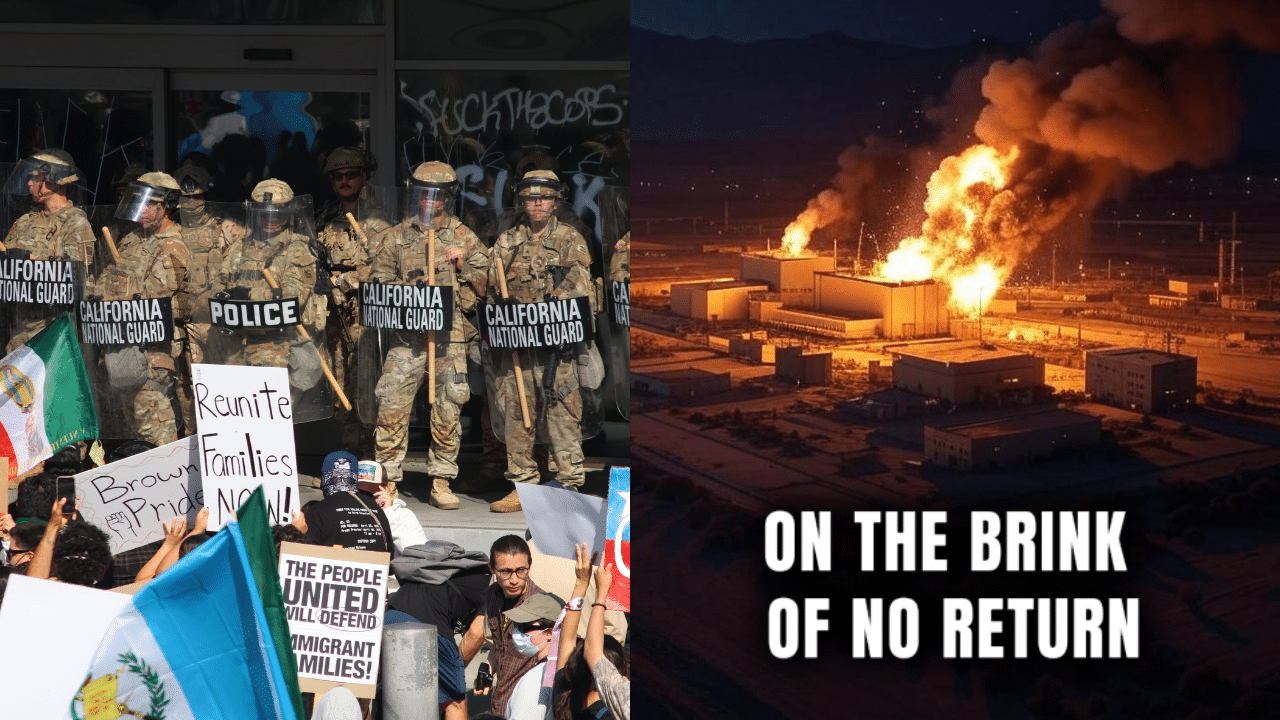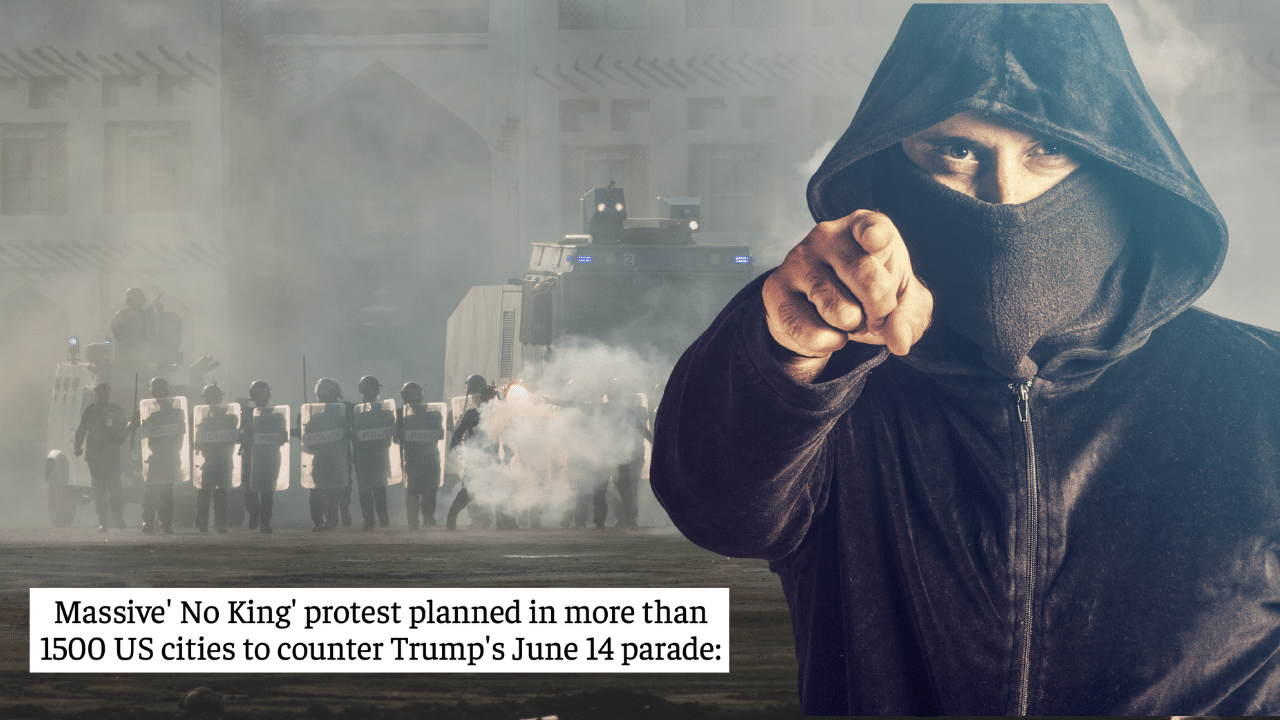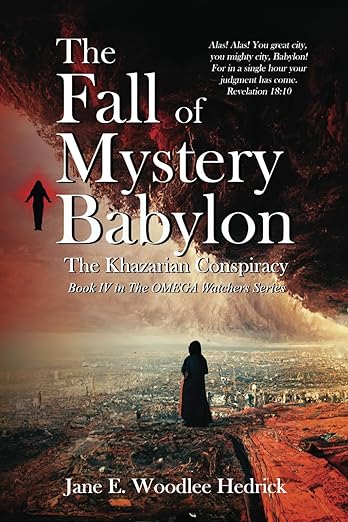Russian President Vladimir Putin signed a decree ordering the conscription of 160,000 men into the Russian army, a move that has raised eyebrows globally as it coincides with ongoing peace negotiations related to the Ukraine conflict.
According to reports from The Telegraph, this spring draft, set to be completed by July 15, marks an increase from previous years—up from 150,000 in 2024, 147,000 in 2023, and 134,500 in 2022.
The timing of this military expansion has sparked debate about Russia’s intentions, especially as the Kremlin insists these efforts are unrelated to the war in Ukraine.
The Telegraph reported that Russia’s defense ministry has consistently denied any connection between these conscription waves and the ongoing conflict, maintaining that new recruits will not be deployed to active combat zones.
However, the scale of this draft—the largest since the escalation of hostilities in Ukraine—has led analysts to question whether it signals a shift in strategy or a preparation for prolonged military engagement, despite Putin’s public statements about pursuing peace.
Adding to the complexity, CNN highlighted recent Kremlin comments suggesting openness to dialogue.
Dmitry Peskov, Putin’s spokesman, indicated that Russia remains committed to “building bilateral relations and on Ukraine settlement ideas,” even proposing a potential call between Putin and U.S. President Donald Trump later this week.
This comes after Trump expressed frustration with Putin for allegedly stalling peace talks by attacking Ukrainian President Volodymyr Zelensky’s credibility, according to sources cited by The Telegraph. Trump’s reported anger underscores the tension between diplomatic efforts and military actions.
Meanwhile, Reuters noted that Russia has accused Ukraine of breaching tentative agreements by continuing attacks on energy sites, despite a U.S.-brokered ceasefire aimed at limiting such strikes.
This accusation adds another layer of contention to the peace process, with Russia framing its military buildup as a necessary defensive measure. The draft decree, published on Monday, March 31, aligns with this narrative, though it has not quelled skepticism from Western observers.
The Guardian offered additional context, pointing out that Putin’s move could be a signal to both domestic and international audiences. Domestically, it reinforces his image as a strong leader amid economic and political pressures.
Internationally, it may serve as a warning that Russia is prepared to escalate if peace talks falter. The article quoted an unnamed diplomat cautioning, “If the diplomats cannot move the peace process forward, the military will do all the talking.”
The increase in conscription numbers has historical precedent, but the current geopolitical climate amplifies its significance.
As BBC News reported, each expansion of Russia’s army in recent years has been met with assurances that conscripts would serve in non-combat roles, yet the proximity to Ukraine’s borders and the intensity of the conflict have fueled speculation about their true purpose.
This latest draft, coming just as peace negotiations appear to gain traction, has left analysts divided on whether it represents a genuine defensive posture or a calculated escalation.
The international response has been swift but varied. Posts on X reflect a mix of alarm and cynicism, with some users questioning Putin’s commitment to peace and others viewing the draft as routine military planning.
While these sentiments offer a pulse on public reaction, they remain inconclusive without official confirmation of Russia’s next steps.
